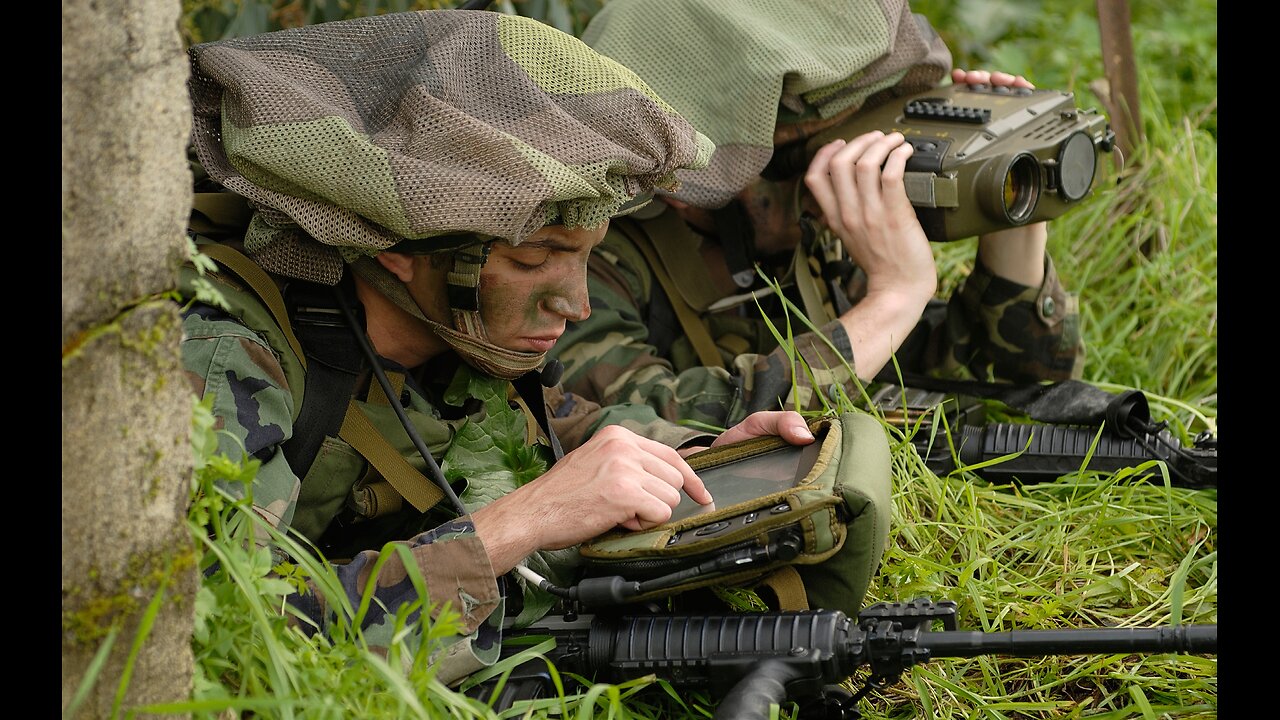Premium Only Content

The Brain Initiative, Pt. 6 (BodyWire-HCI)
https://en.wikipedia.org/wiki/Havana_syndrome
https://en.wikipedia.org/wiki/Network-centric_warfare
https://en.wikipedia.org/wiki/Body_area_network
https://en.wikipedia.org/wiki/Personal_area_network
https://dl.acm.org/doi/fullHtml/10.1145/3406238
https://spectrum.ieee.org/turning-the-body-into-a-wire
https://en.wikipedia.org/wiki/Global_Information_Grid
https://spectrum.ieee.org/
https://en.wikipedia.org/wiki/Institute_of_Electrical_and_Electronics_Engineers
Decades of rapid advancement in semiconductor technology has enabled computing in cheap, small form factor everyday devices. Human users are now submerged in a sea of computers, with which they are constantly interacting. User interaction with the surrounding environment is one of the key aspects of ubiquitous computing. Communication between devices during a touch-based interaction will significantly enhance the effect of a touch event and open up new interaction modalities in human–computer interaction (HCI). The standard method of achieving this is through coupling touch (Figure 2(a)) and communication (Figure 2(b)) separately. That can be done by utilizing a touch sensor (example: capacitive touch sensor) along with some wireless communication protocol such as Bluetooth, Near Field Communication (NFC) (Figure 2(c)). These protocols use radio waves, utilizing air as the communication medium. Wireless radio wave communication suffers from the problem of security and selectivity, as the signal gets transmitted through air medium and is available to any device within a certain range. As a result, information may get communicated when the devices are in close proximity, even before touch. Thus, communication strictly during a touch event i a secure and selective manner is difficult to achieve with radio communication.
-
 18:55
18:55
Tundra Tactical
6 hours agoGun Show Weirdos
285 -
 LIVE
LIVE
Precision Rifle Network
1 day agoS4E23 Guns & Grub - Gear We H8, Politics, & New Optics
37 watching -
 LIVE
LIVE
SpartakusLIVE
3 hours ago$1,000 Spartakus Gauntlet on VERDANSK for the FIRST TIME || TrulyEvil, Enzo Alder, Firefighter MDO
205 watching -
 1:45:13
1:45:13
RiftTV
3 hours agoLast Catholic Church in Gaza DESTROYED, Targeted by IDF? | The Rift | with Sarah Stock & Anna Perez
13.8K5 -
 LIVE
LIVE
AirCondaTv Gaming
3 hours ago $0.01 earnedCursed Companions - JFG has Never Had a More Cursed Companion than I! (collab)
37 watching -
 55:21
55:21
Donald Trump Jr.
3 hours ago"Publicly" Funded Propaganda Dealt Reality Check, Live! | TRIGGERED Ep.259
125K109 -
 LIVE
LIVE
JdaDelete
7 hours agoThe Legend Of Zelda Breath of the Wild | July Gone Wild #14 - Dragon this out
12 watching -
 LIVE
LIVE
TheBoyDevv
2 hours agoIMAGINE THE METAL GEAR WASN'T SOLID🤯 | METAL GEAR SOLID PART 4❗I APPRECIATE YOU💙
16 watching -
 1:05:50
1:05:50
BonginoReport
4 hours agoWhite House Confirms President Trump’s Chronic Medical Diagnosis - Hayley Caronia (Ep.92)
45.1K60 -
 LIVE
LIVE
MissesMaam
3 hours agoMASSIVE PEAK COLLAB 💚✨
61 watching